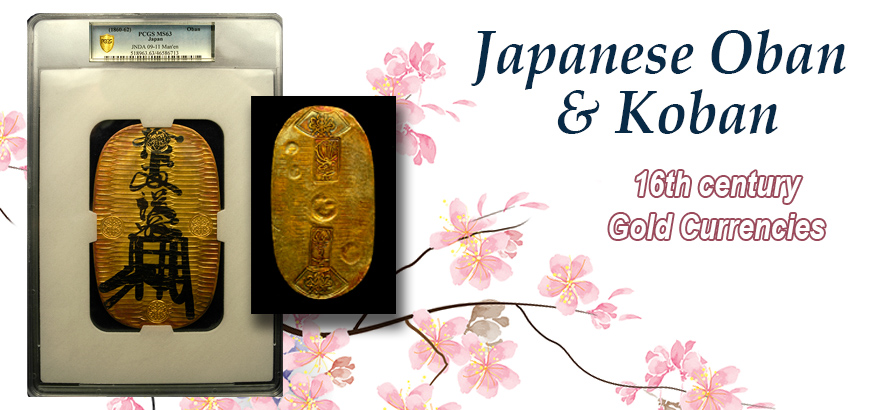
Japanese Obans and Kobans
February 23, 2023
The introduction of Japanese Obans and Kobans during the Edo period had a profound impact on the country's economic and cultural history. These traditional gold currencies were visually stunning, with intricate designs and patterns. As a result, their composition made them both aesthetically plea...
